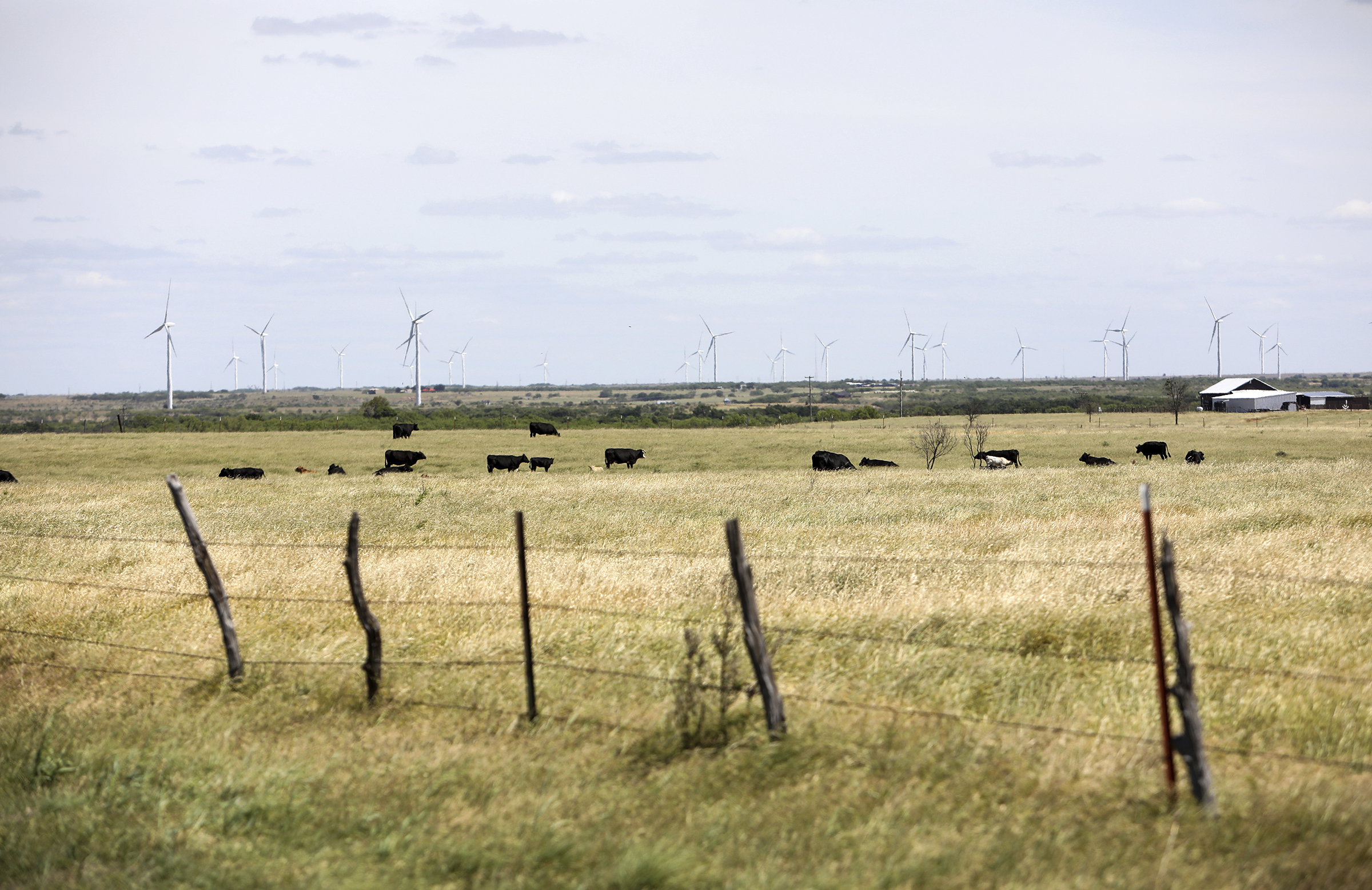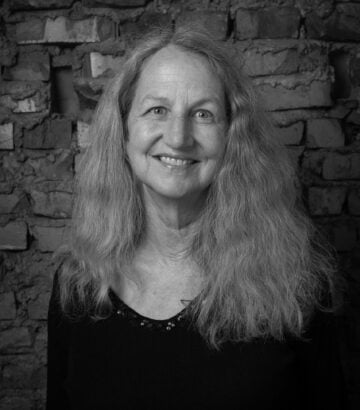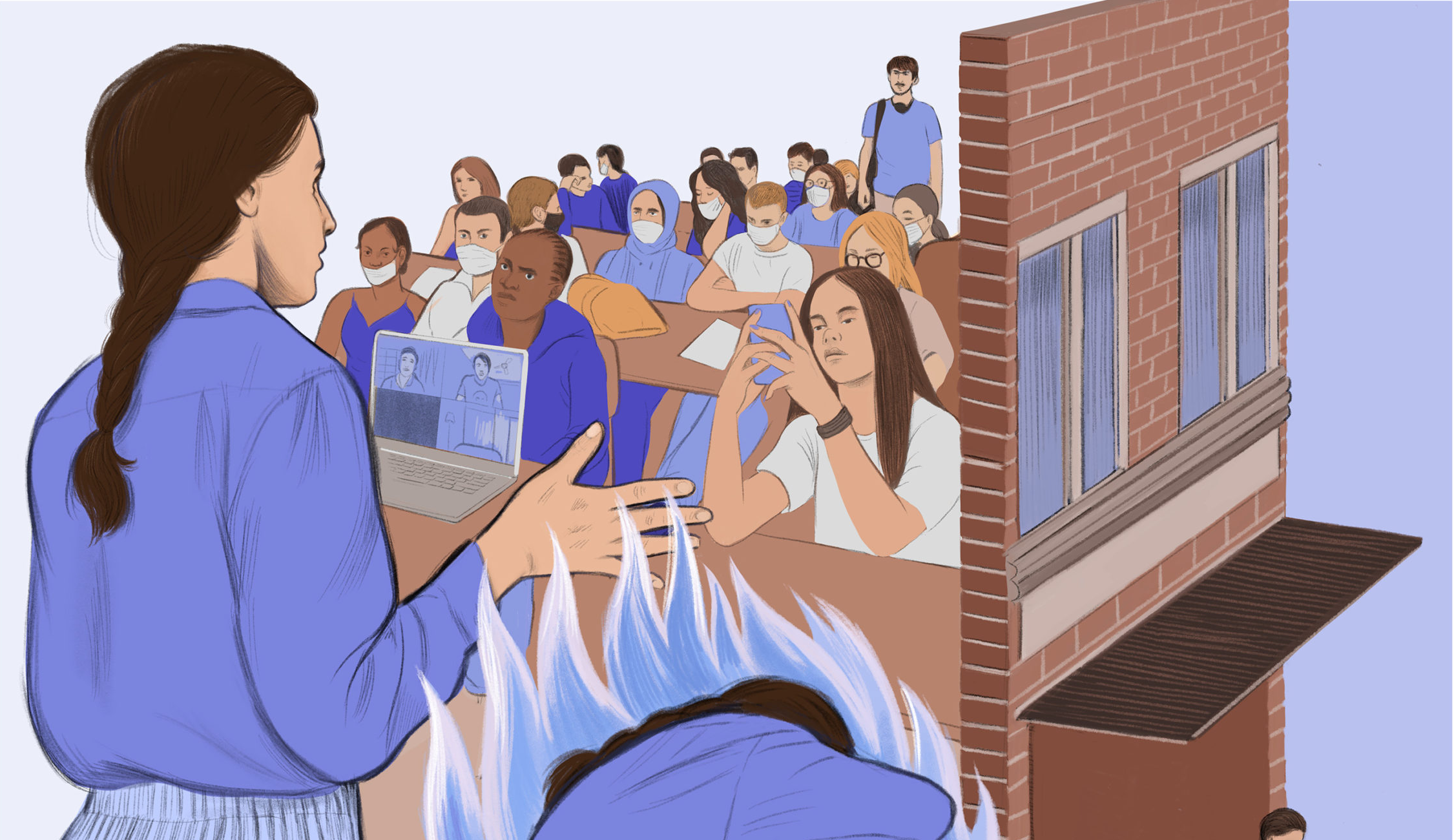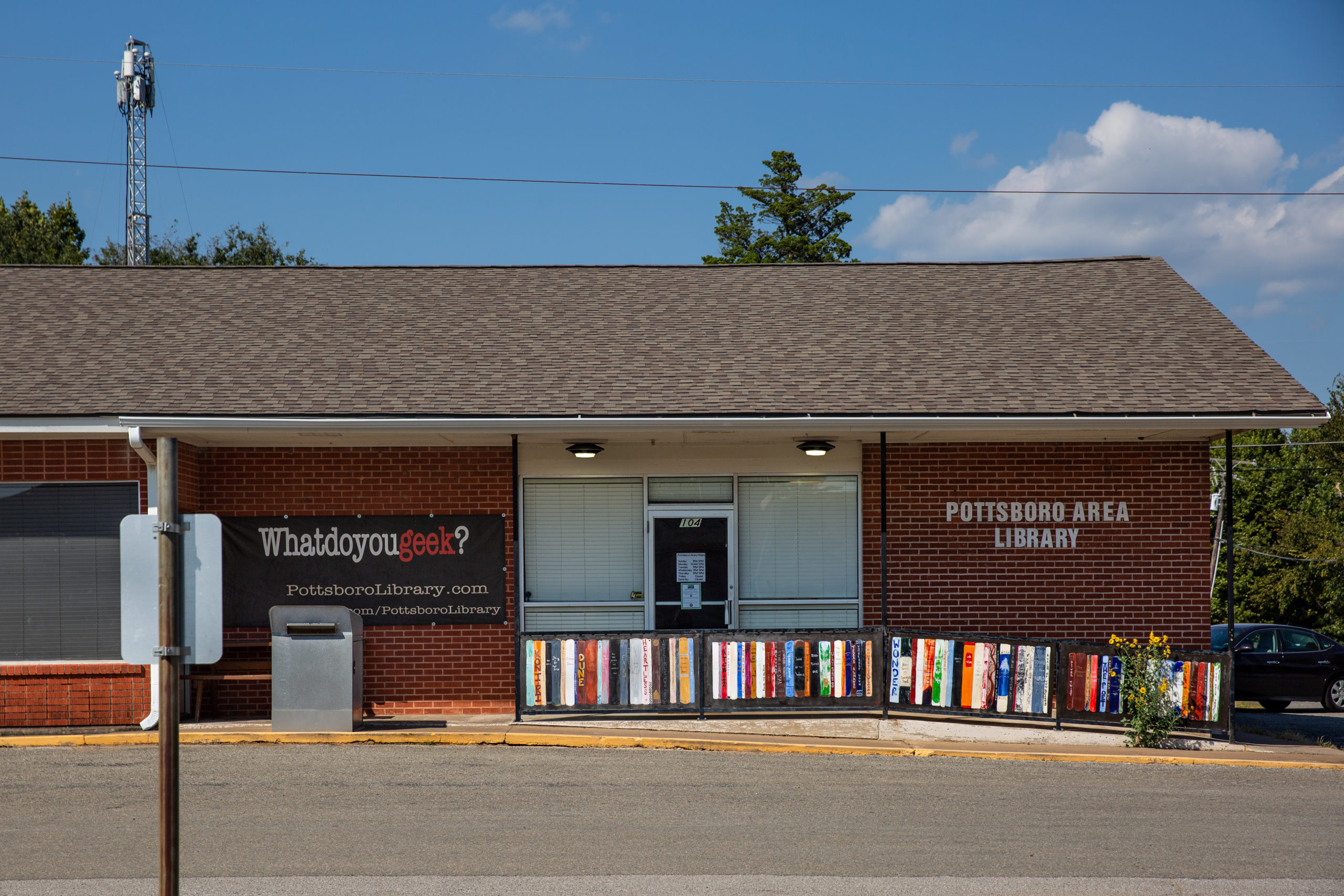
How Flawed Death Investigations Can Leave Texas COVID-19 Deaths Uncounted
According to a new study, undercounts of COVID-19 deaths appear worst in rural and suburban areas served by elected justices of the peace.

Rick Hill, a retired high school principal, plays a key role in tracing deaths linked to the ongoing COVID-19 pandemic. As an elected justice of the peace (JP) in Brazos County and leader of the Texas Justices of the Peace and Constables Association (JPCA), it’s part of his job to help determine just how many Texans the virus has killed. Hill spent decades as a science teacher before running for his position, and is well known in the community for his time as a commentator on local football games. But he has no medical training.
All but 15 of Texas’ 254 counties rely on JPs without medical backgrounds and little training to respond to reports of homicides, suicides, and deaths at home—including those linked to the coronavirus. But during the pandemic, Hill said it’s been hard for JPs like him to decide whether to attribute a home death to COVID-19, especially when test results are unavailable. In an interview, Hill told the Observer that he, a mentor to others statewide as JPCA president, recently advised another JP to exclude COVID-19 as a contributing cause of death even though the deceased man had tested positive, because he also had a history of alcohol abuse and liver damage. “To me there’s a difference between dying from COVID and dying with COVID,” Hill said. He acknowledged that a physician might have listed the virus as a contributing factor, especially since the Centers for Disease Control and Prevention (CDC) says people with such underlying conditions are high risk. In fact, Hill’s methods are at odds with recommendations made by Texas’ JP training center, and by health officials seeking a more complete count of the death toll.
As of late March, state data counts more than 47,000 COVID-19 deaths. But in dozens of rural and suburban counties across Texas, COVID-19 deaths appear to have been dramatically undercounted last year, according to an ongoing study of deaths reported nationwide conducted by researchers at Boston University School of Public Health. Other studies previously suggested that 20 to 30 percent of COVID-19 deaths nationwide may have gone unreported in the first six months of the pandemic. But the new study, based on CDC data from deaths reported at the county level in 2020, suggests that many rural and suburban counties in Texas and in other states that rely on coroners or JPs appear to have much larger undercounts compared to states that use medical examiner systems.
“Underreporting of COVID-19 was also higher in areas with fewer hospitals, less COVID-19 testing, and where more deaths occurred at home,” the researchers wrote.
The preliminary estimates indicate that Brazos County is one of about 60 Texas counties that likely missed more than 25 percent of the COVID-19 related deaths last year. In Brazos, CDC data shows that only 155 deaths of the 1,347 reported in 2020 were attributed to COVID-19 by doctors and JPs who sign off on death certificates. But the coronavirus could have contributed to more than 200 deaths in the county last year, according to the statistical models used by the Boston researchers. The study compares reports of both COVID-19 deaths and all deaths reported nationwide by county and uses previous trends in deaths in the last decade to estimate “excess deaths” that could be tied to the pandemic. These would include not just deaths due to COVID-19, but also those linked to the pandemic in other ways.
Deaths rose all across the United States last year. Nearly 300,000 more people than expected based on previous years’ patterns had died nationwide in 2020 as of October, the CDC reported.
Andrew Stokes, the lead researcher for the Boston University study, cautioned that undercounts for individual counties are simply estimates and the underlying reasons likely vary from place to place. But he said early results reveal widespread regional inconsistencies in COVID-19 testing and diagnoses, and a failure of doctors and JPs to list COVID-19 as a contributing cause on death certificates. Stokes added that he worries that “partisan differences could affect the likelihood that an individual seeks COVID-19 testing while alive, and whether coroners and families of decedents pursue post-mortem testing after death.” Prior research by his team looked at how the undercounts vary by race and socioeconomic status.
Rebecca Fischer, an assistant professor of epidemiology at Texas A&M University who serves on Brazos County’s COVID-19 task force, said she is concerned that underestimates of COVID-19 deaths may mean that many Texans got far less testing, contact tracing, and later vaccines, than actually needed. “Ultimately, the whole reason we tabulate data is to learn how to stop the pandemic and how we prevent something like this from happening in the future,” she said. “Every person matters in this count.”
According to the Boston University data, 24 mostly rural Texas counties likely missed half or more of the COVID-19 deaths in 2020. The statistical modeling used in the study predicts that the actual number of deaths linked directly or indirectly to the pandemic in those counties could be two to four times higher than official statistics. In Aransas County, which had the highest apparent undercount, just 26 deaths were attributed to COVID-19 in death certificates last year. In contrast, Boston University researchers estimate that the county might have missed as many as 90 additional excess deaths that were possibly also linked to COVID-19, though there could be other reasons behind the reported increase in deaths. The county judge did not respond to a request for comment.
Several counties with the biggest apparent undercounts are in East Texas, including Orange County and other more rural counties near the Louisiana border that reported some of the first Texas cases. Many of those deaths may have occurred in the spring of 2020, when it was difficult to get tests at all and when the CDC had shared less information about the range of symptoms linked to the virus, Fischer said. The availability of testing statewide is a “very large issue with counting cases.”
Last April, JPs from Orange and Jefferson counties told the Beaumont Enterprise that they didn’t want to waste money ordering tests on people who were already dead, nor were they counting the deaths as COVID-19 deaths based on information provided by family members. JP Ray Chesson of Jefferson County said that he identified a “suspected” case in which an individual who was symptomatic died en route to a hospital, but did not follow up with a test. “You’re not going to test a dead body,” he said. Chesson declined a request for comment because he was undergoing cancer treatment.
Phillip Huang, a physician who runs the public health department in Dallas County and leads the public health committee of the Texas Medical Association, says the apparent undercounts mean more training is needed for JPs and private physicians to accurately fill out death certificates, so the state can deploy resources appropriately to deal with major public health threats during and after the pandemic.
Texas state law currently requires no medical training for JPs. A training program through the Court of Criminal Appeals provides a two hour course from a medical examiner when JPs are elected on how to identify causes of death. Thea Whalen, who organizes education for JPs as executive director of the Texas Justice Court Training Center, organizes both initial training and continuing education for Texas elected JPs. Whalen said that she has been advising JPs to list COVID-19 deaths more aggressively: to follow CDC guidelines and list COVID-19 as a contributing cause whenever it’s confirmed by a test or when symptoms are described by family members.
But many don’t seem to be following that advice, making data in Texas and much of the U.S. more unreliable. “Moving forward, greater attention should be given to the death investigation system in the United States, including to potential data quality issues associated with the coroner system,” an early draft of the Boston University study concludes.
In Brazos County, Hill examines about 100 deaths each year, including suicides and drug overdoses, and last year, a few COVID-19 cases. Because there are large hospitals in Brazos County, Hill has seen fewer home deaths from COVID-19 than in more rural areas, he said. In most hospital deaths, physicians determine the cause of death. But JPs review both home deaths and deaths that occurred less than 24 hours after arrival at an emergency room.
Hill doesn’t dispute the findings of the Boston study and others that find flaws and undercounts of COVID-19 deaths, suicides, and drug overdoses in the JP system. He knows physicians would probably do a better job investigating deaths from COVID-19. But establishing a statewide medical examiner system would be costly, he says.
Many JPs are at high risk of COVID-19 themselves, he says. For safety’s sake, Hill said he and many others have investigated some suspected COVID-19 related deaths via phone. “We have a lot of JPs that are over 65 and doing them remotely, that keeps the JP safer,” he said. “Obviously, if there’s some question about the death we keep going. I have a PPE bucket in my truck to try to keep myself safe.”


